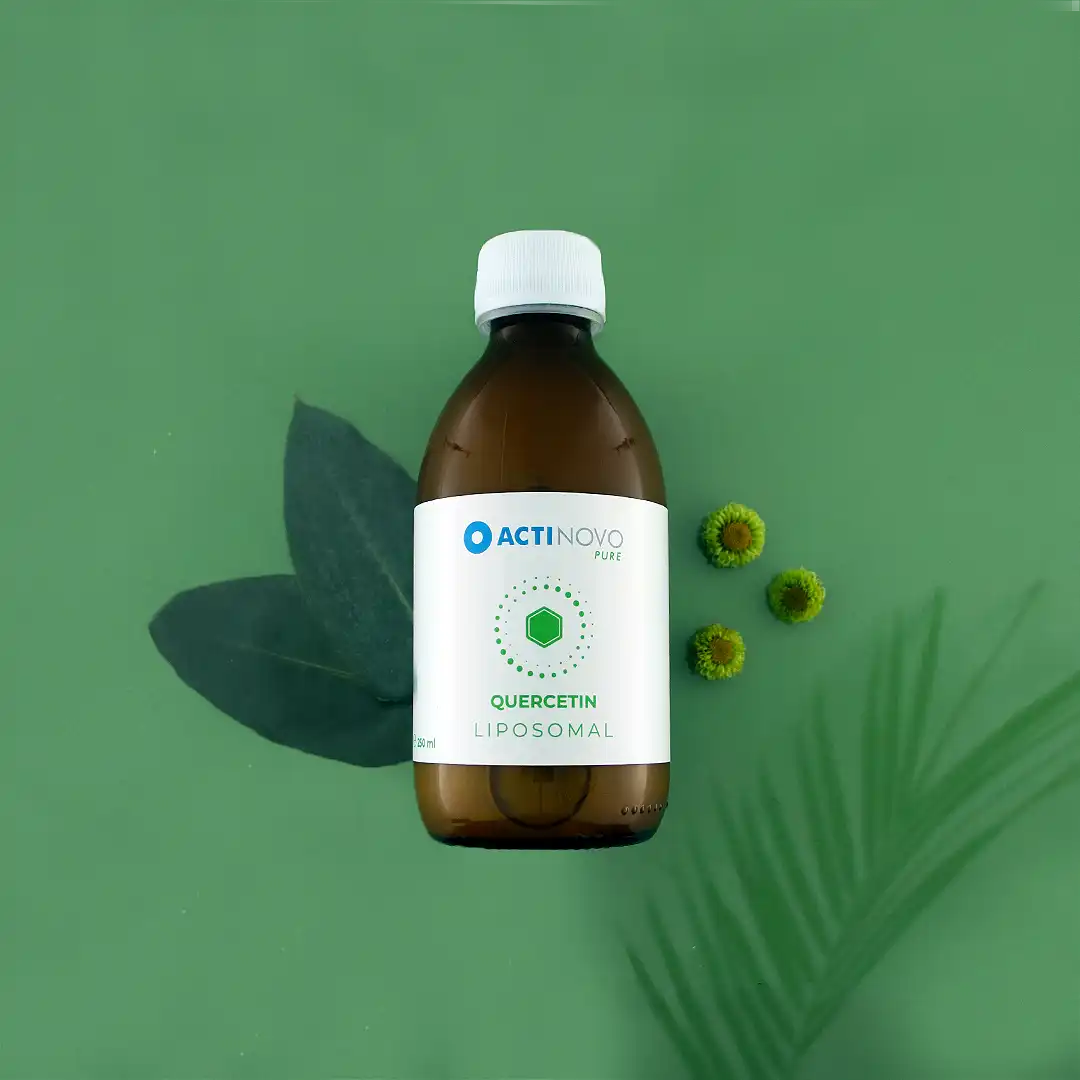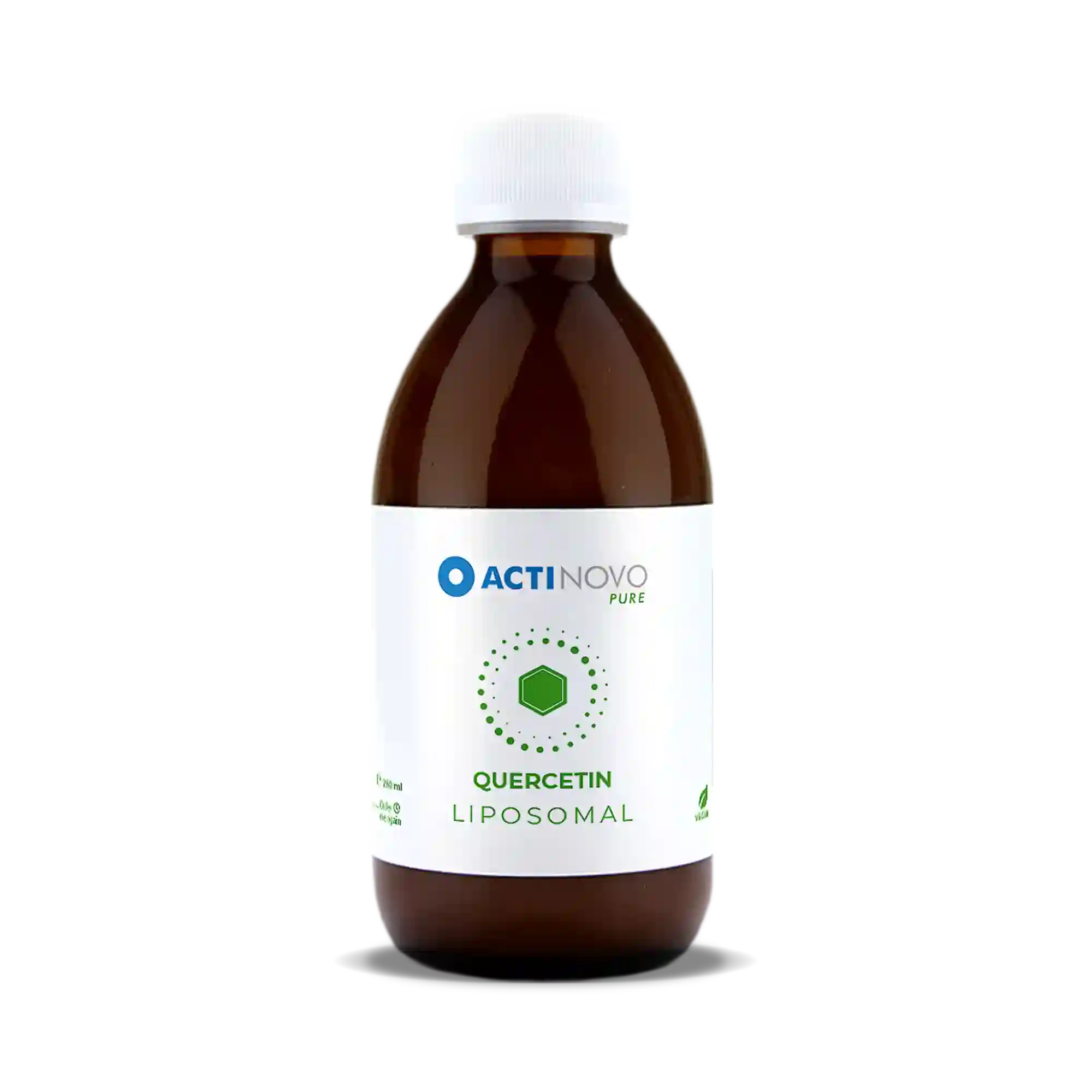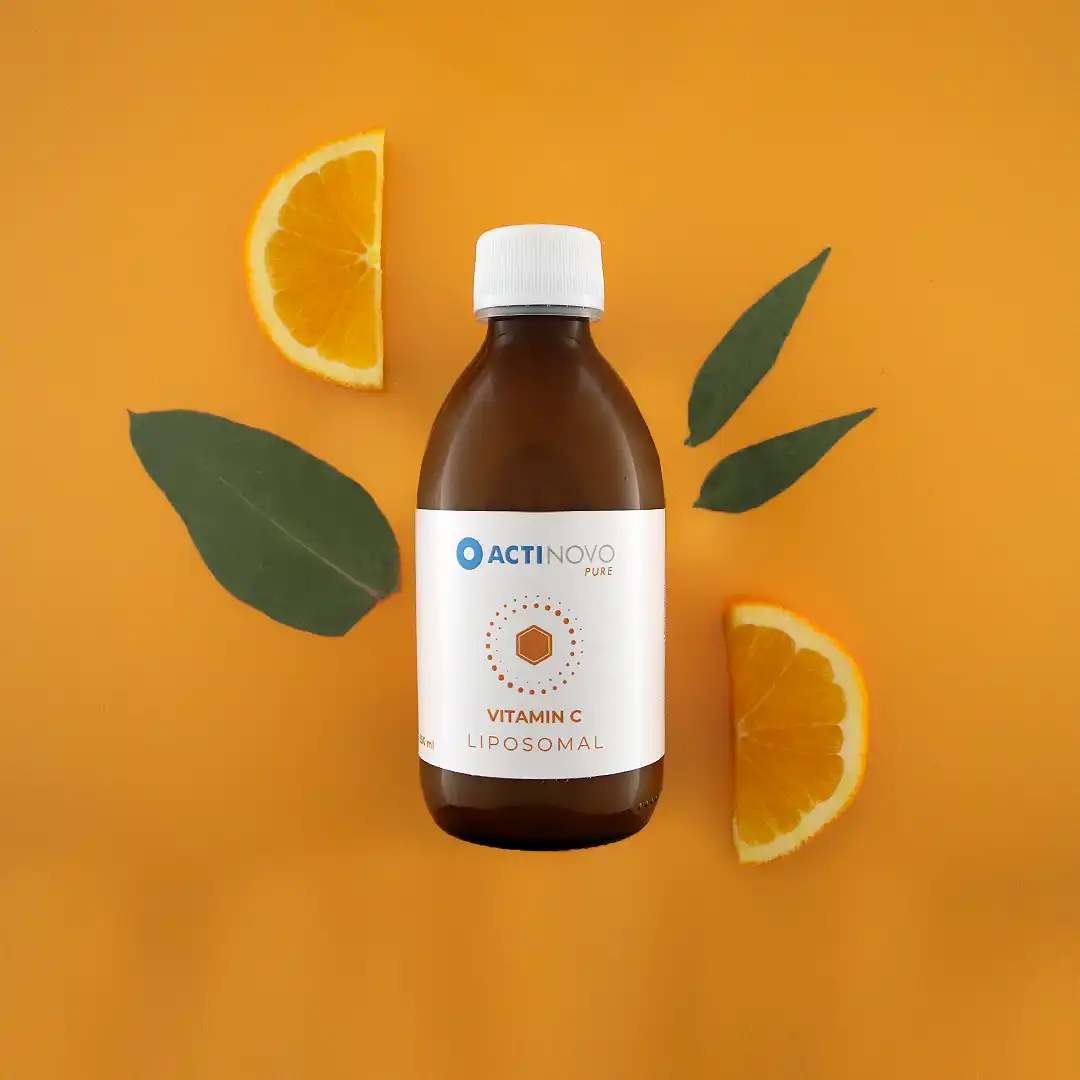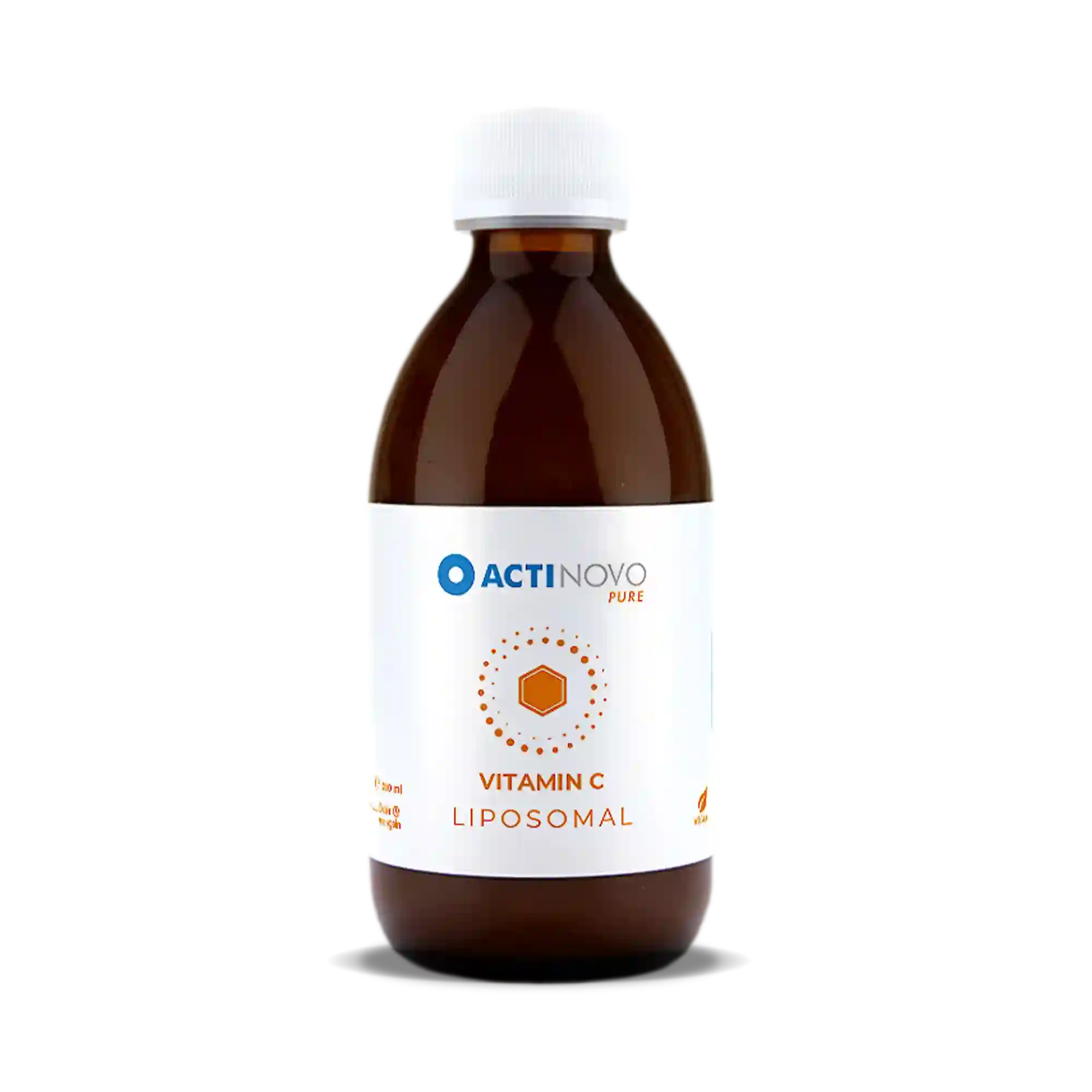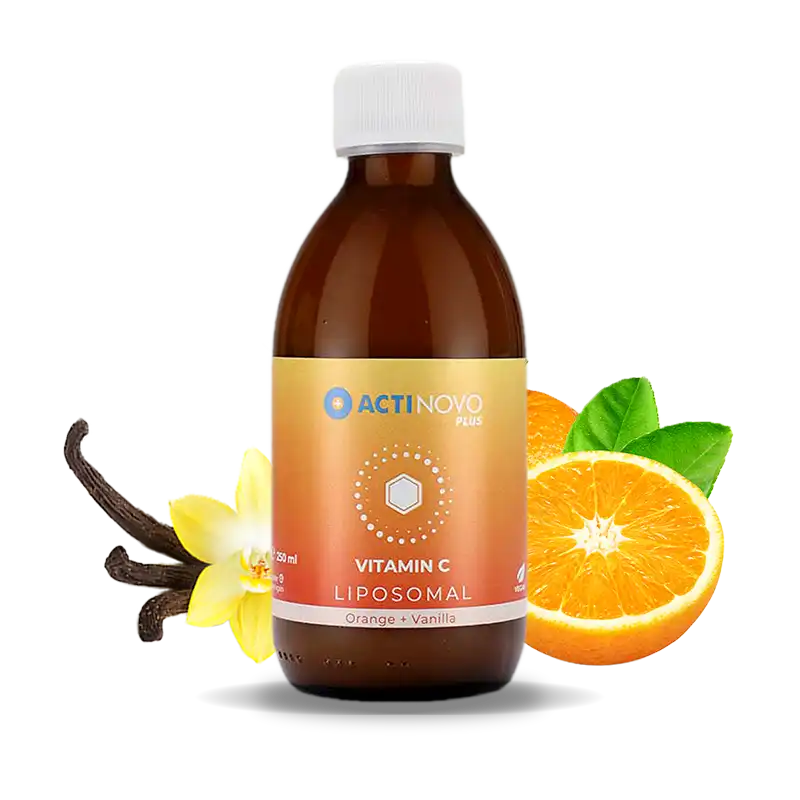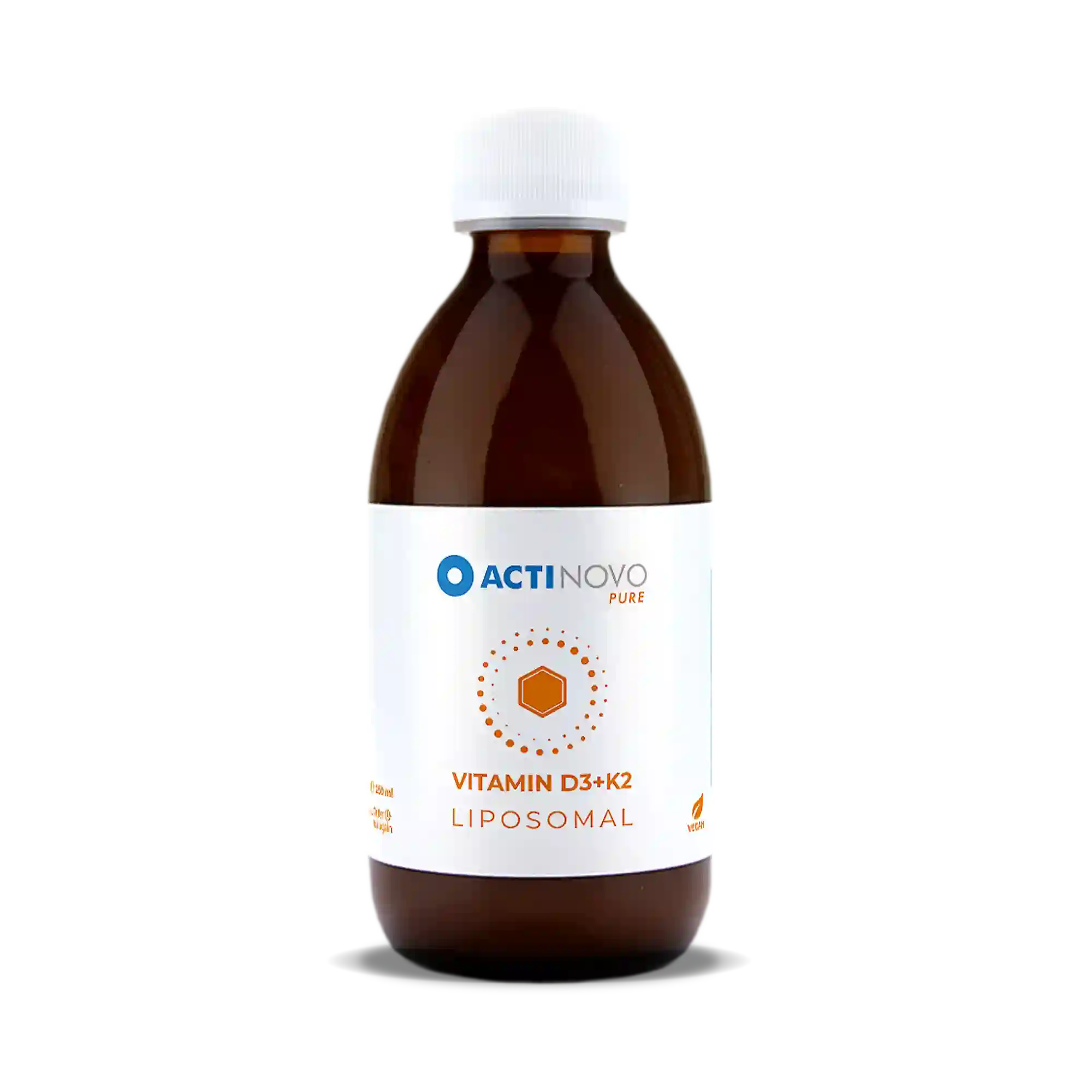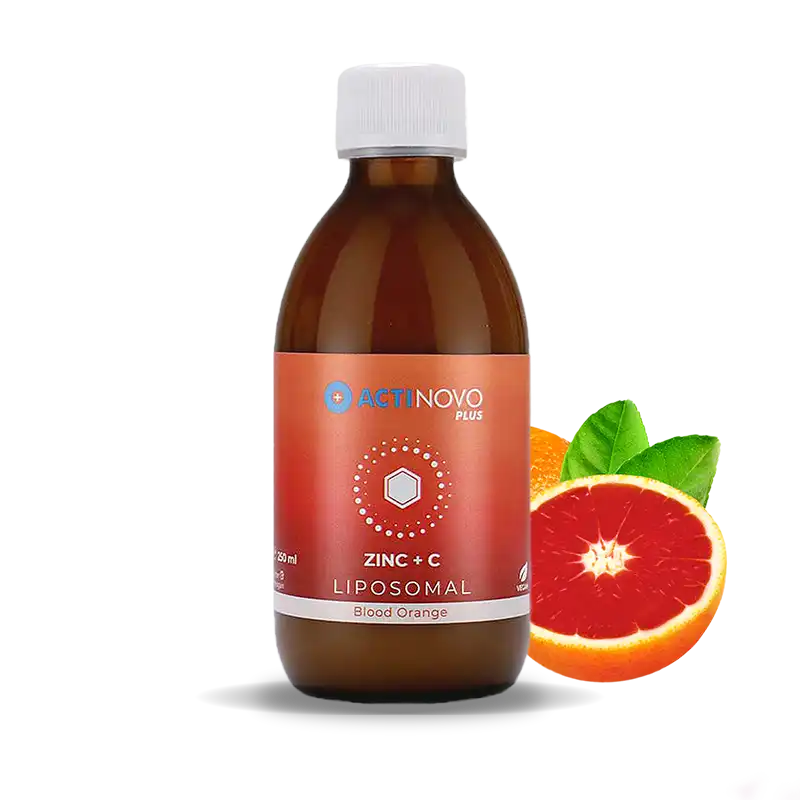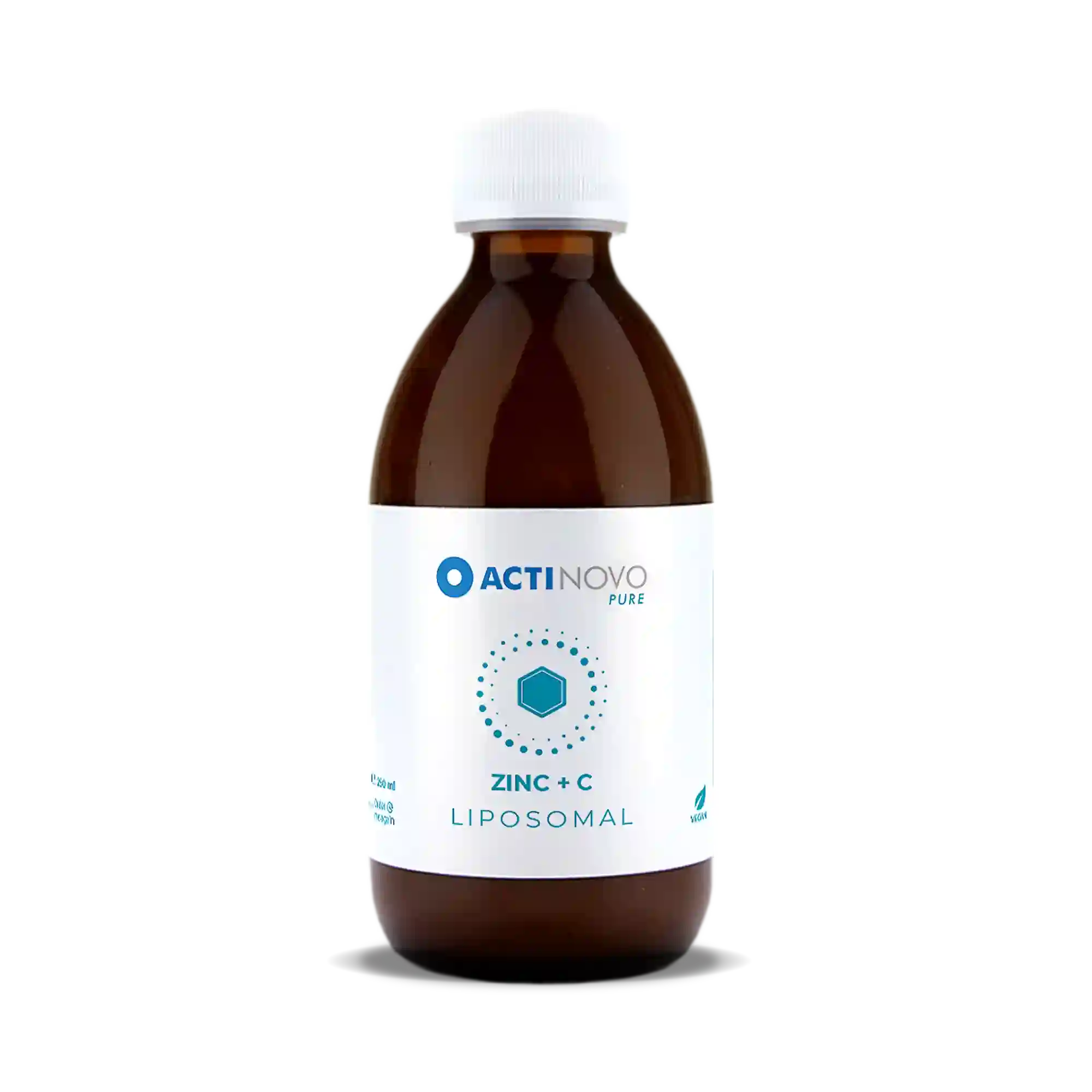
Allergies - the overreaction of the immune system: definition, symptoms and treatment.
What will you learn in this guide?
1. What is an allergy?
2. What substances cause allergies?
3. Why do we get allergies?
4. What can reduce the the risk of getting an allergy?
5. How does treatment look like?
1. What is an allergy?
An allergy is an overreaction of our immune system to normally harmless substances. The substances known as antigens (mostly polypeptides or proteins) can bind to antibodies (protein molecules formed by the immune system to fight against pathogens) and certain receptors and thus cause an overreaction of the immune system.
A distinction is made here between the immediate type, in which the symptoms occur directly after contact with the allergic substance, such as the immediate reaction to pollen. On the other hand, there is the delayed type, whose symptoms only become obvious after approximately 12 hours. The allergic reaction can be triggered by skin contact, inhalation, through the intake of food or an injection. These triggers can cause various symptoms, which are either limited locally or appear on the whole body [1].
Symptoms include red and itchy skin which can lead to severe rashes. Also a runny nose, sneezing, swollen eyes, cough, allergic asthma and swollen mucous membranes can occur. In rare cases, headaches and exhaustion also occur and, in the worst case, anaphylactic shock (life-threatening condition).[2] Since each person has an individual form of allergy and a different level of reaction, people with allergies are often impaired in their daily lives.
These allergens include pollen from trees, grasses and herbs, but also dust indoors, spores from molds and hair from animals.[6] In the case of pollen allergy (commonly known as hay fever), it has not yet been fully researched what triggers the allergic reactions. Certain proteins are considered to be the main cause. Birch pollen, for example, contains a protein that protects the pollen from bacteria. This bacterium is also found in foods such as apples, carrots and nuts [7].
If the body reacts allergically to them (as is the case with 70% of birch pollen allergy sufferers), this is referred to as a cross-allergy. If the functionally defective antibodies for defense against endoparasites now come into contact with these proteins, an inflammatory reaction is caused by various endogenous substances, such as histamine (a tissue hormone and neurotransmitter). This can cause the skin, mucous membranes and respiratory tract to react with flushing, itching, swelling and increased secretion.
- On the one hand, genetic predispositions and the environmental influences to which we are exposed from birth have a major influence. Even the birth itself has an effect on our immune system. In a natural birth, the immune system of the new born is trained directly in the birth canal by the influence of bacteria.[8] Another influence is whether powdered milk or breast milk, nourishes the baby in the first months. Breast milk, due to its unique composition, cannot be replaced equally by powdered milk!
- Furthermore, various substances such as food supplements, antibiotics, pesticides, softeners from plastics, air pollution and many other factors are presumed to be involved in the development of allergies.
Therefore, we have three important tips:
Dusting
The house dust present in every living space is an underestimated danger to health. A simple and above all free way to reduce and prevent allergies is dusting. Among other things, house dust contains mites and their excrements. The mite excrement in particular contains allergenic components and can cause allergic symptoms if it comes into contact with the skin or is inhaled. On average, one teaspoon of bedroom dust contains around 1,000 mites and 250,000 microscopic excrement balls.[9] However, this is not the only danger present in the house! Softeners from plastics, flame retardants and even long since banned wood preservatives can become accumulated in house dust. Many of these materials are prove cancer-causing or are suspected to be.
Some of these substances can even upset our hormone system. Especially the combination of all these existing substances is alarming. If the dust is not removed, it is likely to be inhaled. Therefore, especially allergy patients should dust regularly.[10][11][12] Especially for dust mite allergy patients, it therefore makes sense to use a vacuum cleaner with good dust retention capacity and a so-called HEPA filter[13].
Avoid aluminum
Another point for allergy prevention is to avoid unnecessary exposure to aluminium. The lightweight metal aluminium is everywhere in our everyday life: it occurs naturally as a trace element in the earth's crust, water and food and is needed for various technical purposes. This naturally occurring aluminium, as well as the aluminium-framed bicycle, is not a threat to humans in this form. However, aluminium is unfortunately also found in modified form in some cosmetic products, such as deodorants. And foodstuffs, such as ready-made baking mixtures, table salt and baby food, often contain aluminium. As E-additives, aluminium compounds are used, among others, as a colorant E173 (aluminium), stabilizer E520 (aluminium sulfate) and as a parting agent E554 (aluminium sodium silicate).
These substances are declared as safe, but there is a catch: organic acids that are present in many foods, such as citric acid, lactic acid and the flavor enhancer glutamate, can increase the absorption of aluminium enormously, so that too much gets into the body.
So what does all this have to do with allergies? Animal studies have shown that certain foods together with aluminium hydroxide can artificially trigger allergies.[14][15][16] It is therefore reasonable to assume that aluminium may also be involved in the development of allergies in humans. Experts therefore recommend a natural diet without unnecessary additives. A healthy diet with lots of vegetables and as little isolated sugar and supplements as possible also keeps the intestinal flora healthy, which also plays an important role in our immune system!
Reduce excessive hygiene
Personal hygiene and cleaning the kitchen and living space are part of good basic hygiene. However, there is such a thing as too much of a good thing! Excessively frequent cleaning and especially disinfecting within one's own four walls can create a higher risk of allergies, especially for children. The so-called hygiene theory explains the rapid increase in the frequency of hay fever and asthma in developed countries. It is based on various observations, including the fact that children who grow up on farms are significantly less likely to develop asthma, hay fever or other allergies than children from cities.
According to the theory, this exposure to germs at an early age is an important training for developing a strong immune system. Even though the Commission of Environmental Medicine of the Robert Koch Institute does not consider this working theory to be reliable enough, it is nevertheless considered by many physicians to be valid. Therefore, it makes sense to maintain the right level of hygiene and to use the sanitizer only when it is really necessary.[17][18] Conversely, this does not mean that kitchen sponges, towels etc. should not be changed regularly! Rather, it should encourage to use the cleaning supplies sparingly. To remove house dust alone, wiping with water is quite sufficient. Experts also recommend using cleaning supplies without added fragrances so as not to irritate the human respiratory tract unnecessarily.
Quercetin
Quercetin is a naturally occurring secondary plant substance from the flavonoid group. It enables plants to protect themselves from environmental conditions, for example, to withstand insect attack, damage from UV radiation and other influences. This promising nutrient with antioxidant effects is also gaining increasing attention for the treatment of allergies. Many doctors see quercetin as a promising nutrient to provide a natural alternative for the relief of allergy symptoms in the future.
Study proves the effectiveness
A study in Japan investigated the effect of quercetin on hay fever. The study period was 8 weeks, during which subjects started taking the plant supplement 4 weeks before the start of the pollen count. It was found that 100 mg of EMIQ (a modified form of quercetin with increased bioavailability) was effective in relieving symptoms such as itching, congestion of the eyes and tearing compared to the study.[20]
In another Japanese study, quercetin significantly reduced antigen-stimulated histamine release. The effect of quercetin was almost twice as strong as that of sodium cromoglicate (conventional anti-hay fever drug) at the same concentration. Therefore, it is reasonable to assume that people suffering from swollen mucous membranes may benefit from quercetin.[21]
Nevertheless, further research is needed to prove the complete allergy relief provided by quercetin. One thing is certain: according to various studies, quercetin has a positive effect on stabilizing the defense cells responsible for the release of histamine. Histamine plays a central role in allergic reactions. The release of substances responsible for allergic reactions is reduced and both the symptoms and the allergic reaction itself are weaker. To achieve the best effect, it is recommended to take quercetin preventively two weeks before the allergy season begins. After that, the plant substance can be continued until the end of the season.[22][23]
Vitamin C
We have known for a long time that a sufficient supply of Vitamin C is necessary for a normally functioning immune system.[24] Therefore, it should not even come to an undersupply. Particularly during physical and psychological stress as well as increased demands on the immune system, significantly more vitamin C may be needed than usual. In addition, it has been shown that an extra portion can also make a valuable contribution to allergy patients.
Researchers found that when blood plasma C levels are low, blood histamine concentrations increase exponentially. A balanced C supply is usually 0.5 to 1.5 mg per 100 ml.[25] However, if the ascorbic acid level falls below 0.7 mg per 100 ml, there is a highly significant increase in the blood histamine level, which promotes allergies.[26]
In addition, epidemiological studies have shown that there may be a link between vitamin C intake and the occurrence of asthma. According to the studies, an undersupply of antioxidants and various nutritional vitamins, such as vitamin C, can enhance lung disease![27]
A study at the University of Erlangen has also shown that vitamin C supply has a significant influence on serum histamine concentrations. In the study, patients suffering from both allergies and infectious diseases were administered a high dose of vitamin C intravenously, and a significant decrease in histamine concentration was subsequently observed. This was even greater in the patients with allergic diseases than in patients with infectious diseases.[28]
Vitamin D – The sun vitamin
For the immune system to function fully, an appropriate supply of vitamin D3 and zinc in the body is also essential. Our human immune cells (B cells, T cells and antigen-presenting cells) all have vitamin D3 receptors. Hence, vitamin D can influence the innate adaptation of our immune response. A deficiency of vitamin D is associated with an increased autoimmunity and an increased infection.[29][30] Even if there are different opinion between official bodies and doctors, one thing is certain [31], that the UV-B radiation in winter is too low for the organism to produce the vitamin sufficiently on its own.
People with chronic diseases such as liver, kidney and gastrointestinal disorders are at particularly high risk of vitamin D deficiency. People who spend little time in the sun, cover or veil their skin, or have a darker skin type also have an increased risk of deficiency. Therefore, experts recommend to maintain the D-storage constantly or to complete it quickly and effectively in case of a deficiency.
The trace element zinc
Furthermore, the immune system is influenced by the essential trace element zinc. The relationship between zinc and the immune system is complex, as there are different types of influences. On the one hand, zinc acts as an important cofactor in more than 300 enzymes, which influence various organ functions, including the immune system. A zinc deficiency can therefore strongly impair the resistance of the immune system.
Even a minor zinc deficiency can already influence the immune system, which is why an increased zinc intake is recommended in the case of a shortage.[32][33][34][35] The composition of the diet, the prevailing age as well as the state of health influence the zinc intake, which is why a general statement as to whether a deficiency exists cannot be made. For example, fragile nails with white marks and grooves are a strong indication of a shortage.[36] Nevertheless, a doctor should be consulted in advance if a shortage is suspected.

